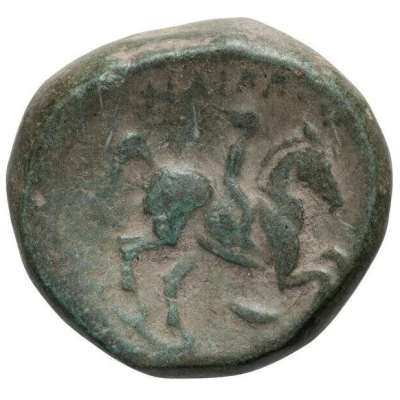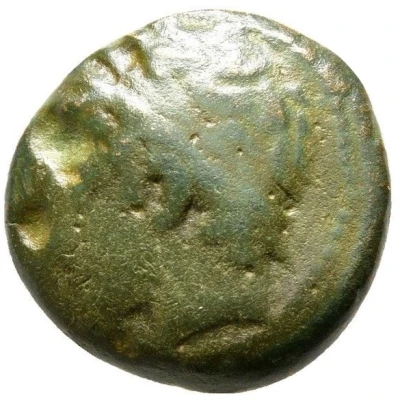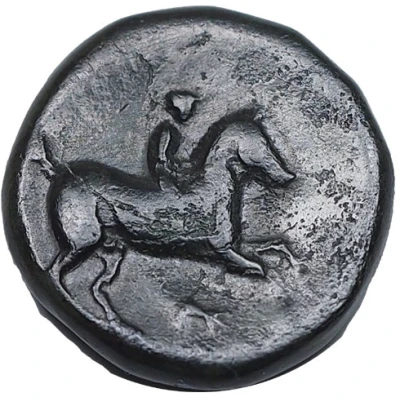


© Harlan J. Berk, LTD
Tetrachalkon - Philip II Petasos 359 BC - 336 BC
| Bronze | 6.9 g | 18 mm |
| Issuer | Kingdom of Macedonia |
|---|---|
| King | Philip II (359 BC - 336 BC) |
| Type | Standard circulation coin |
| Years | 359 BC - 336 BC |
| Value | Tetrachalkon (1⁄12) |
| Currency | Drachm |
| Composition | Bronze |
| Weight | 6.9 g |
| Diameter | 18 mm |
| Shape | Round (irregular) |
| Technique | Hammered |
| Orientation | Variable alignment ↺ |
| Demonetized | Yes |
| Updated | 2024-10-10 |
| Numista | N#376481 |
|---|---|
| Rarity index | 93% |
Reverse
Naked young person riding a horse to the right, petasos (hat) with strings, below.
Script: Greek
Lettering: ΦIΛIΠΠOY
Translation: Philip II
Interesting fact
The Tetrachalkon coin was used as a means of payment for soldiers and mercenaries during Philip II's military campaigns. Its design featured the image of a horse and rider on one side, and the king's name and title on the other. The coin was also used as a symbol of the king's power and influence, and its circulation helped to spread Macedonian culture and trade throughout the ancient world.



